Research on Food System Evaluation Model Based on TOPSIS Improved Analytic Hierarchy Process
DOI: 10.23977/infse.2021.060201 | Downloads: 24 | Views: 2113
Author(s)
Yuan Li 1, Dijing Zhang 1, Hengyan Jiang 1
Affiliation(s)
1 Zhengzhou University, Zhengzhou, Henan, 450001
Corresponding Author
Dijing ZhangABSTRACT
At present, the shortcomings of the current global food system which focuses on efficiency and profitability have brought about enormous perplexity. Together with its instability, social problems related to the environment, livelihoods or politics resulting from its lacking of consideration for equity and sustainability have attracted extensive attention. We establish the evaluation model of food system by AHP and TOPSIS. We selected efficiency, profitability, equity and sustainability as four indexes at the criterion layer and 10 indicators at the scheme layer. It is concluded that the food system scores of all countries have been steadily increasing from 2010 to 2020 by processing data with TOPSIS.
KEYWORDS
Food System, AHP, TOPSISCITE THIS PAPER
Dijing Zhang, Yuan Li, Hengyan Jiang. Research on Food System Evaluation Model Based on TOPSIS Improved Analytic Hierarchy Process. Journal of Electronics and Information Science (2021) 6: 1-4. DOI: http://dx.doi.org/10.23977/jeis.2021.060201
REFERENCES
[1] Vermeulen Sonja J, Park Toby, Khoury Colin K, Béné Christophe. Changing diets and the transformation of the global food system. Annals of the New York Academy of Sciences, 2020.
[2] Kreitzman Maayan, Toensmeier Eric, Chan Kai M. A., Smukler Sean, Ramankutty Navin. Perennial Staple Crops: Yields, Distribution, and Nutrition in the Global Food System. Frontiers in Sustainable Food Systems, 2020.
[3] ResearchAndMarkets.com Releases Report: Global Food Safety Testing Systems and Services Market. Manufacturing Close - Up, 2020.
| Downloads: | 13514 |
|---|---|
| Visits: | 566466 |
Sponsors, Associates, and Links
-
Information Systems and Signal Processing Journal

-
Intelligent Robots and Systems

-
Journal of Image, Video and Signals
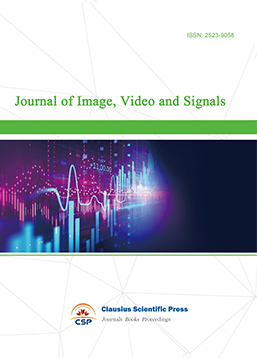
-
Transactions on Real-Time and Embedded Systems
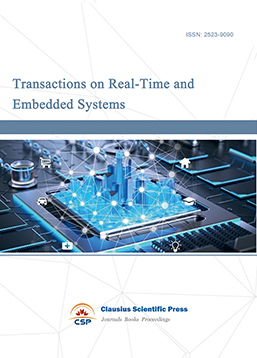
-
Journal of Electromagnetic Interference and Compatibility
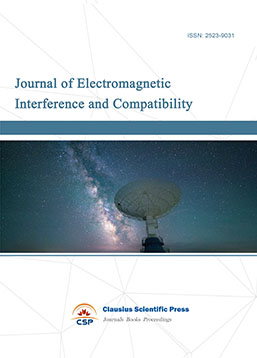
-
Acoustics, Speech and Signal Processing
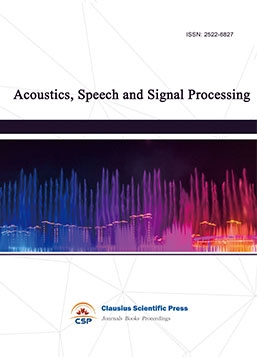
-
Journal of Power Electronics, Machines and Drives
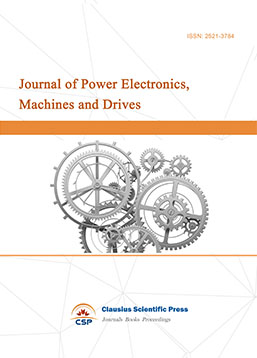
-
Journal of Electro Optics and Lasers

-
Journal of Integrated Circuits Design and Test
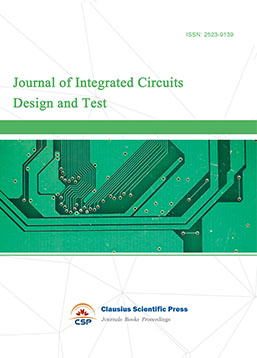
-
Journal of Ultrasonics
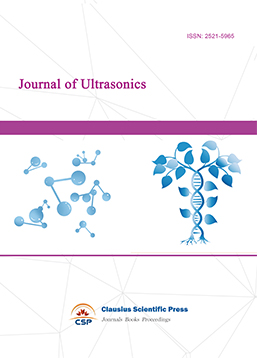
-
Antennas and Propagation
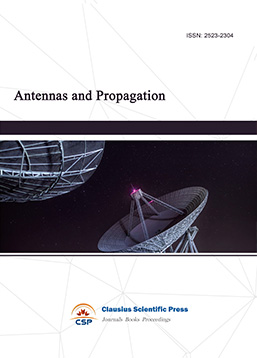
-
Optical Communications
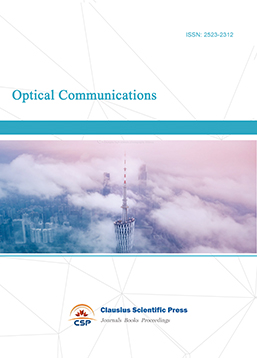
-
Solid-State Circuits and Systems-on-a-Chip
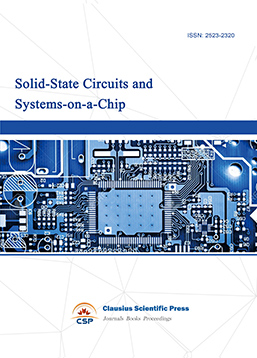
-
Field-Programmable Gate Arrays

-
Vehicular Electronics and Safety
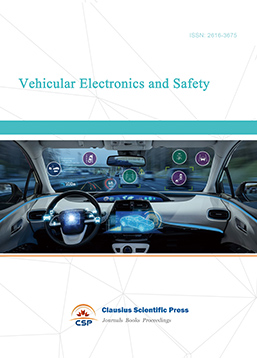
-
Optical Fiber Sensor and Communication
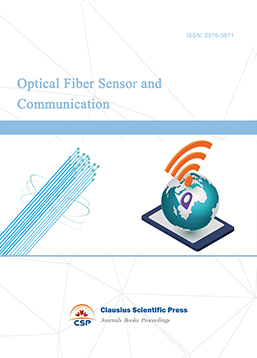
-
Journal of Low Power Electronics and Design
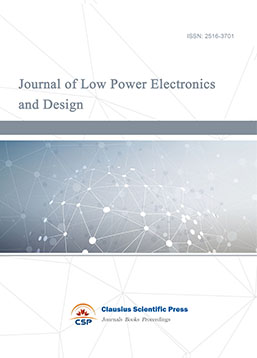
-
Infrared and Millimeter Wave
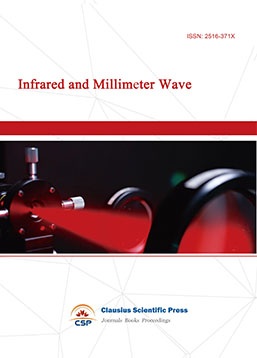
-
Detection Technology and Automation Equipment
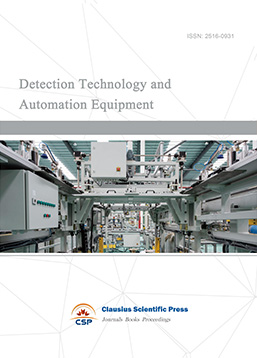
-
Journal of Radio and Wireless

-
Journal of Microwave and Terahertz Engineering
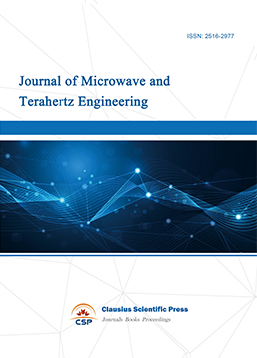
-
Journal of Communication, Control and Computing
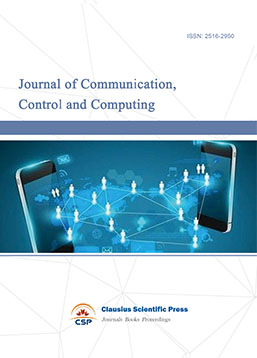
-
International Journal of Surveying and Mapping
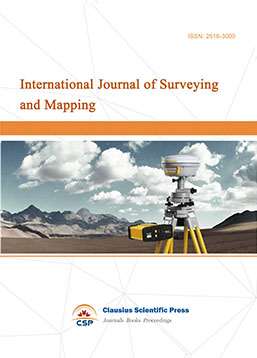
-
Information Retrieval, Systems and Services
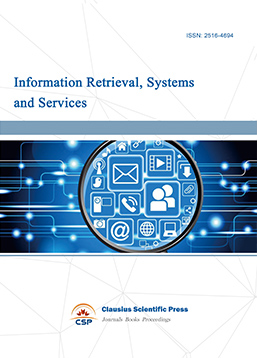
-
Journal of Biometrics, Identity and Security

-
Journal of Avionics, Radar and Sonar
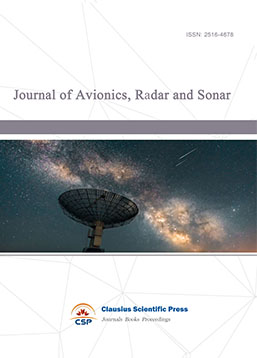

 Download as PDF
Download as PDF